

Microcrystalline cellulose
Liujia pharmaceutical excipients are Shandong dextrin and high water soluble dextrin manufacturers. They are mainly engaged in thickening agents, microcrystalline cellulose, corn starch, magnesium stearate, adhesive diluent, dextrin, sodium carboxymethyl starch, capsule filler, pharmaceutical dextrin, pharmaceutical sucrose, pharmaceutical excipients, sucrose, pregelatinized starch, etc.
Classification:
Tel:
E-mail:
Key words:
Microcrystalline cellulose
Product Details
Microcrystalline Cellulose (MCC)
Luyao Approval No. F2014065
CAS NO:9004-34-6
Packaging Specifications:20kg/bag 20kg/barrel
Quality Standard:CP2015, USP Current Edition
Main Uses:
Microcrystalline cellulose is widely used in pharmaceutical preparations, mainly as a diluent and binder in oral tablets and capsules. It can be used not only in wet granulation but also in direct compression for dry granulation. It also has a certain lubricating and disintegrating effect, which is very useful in tablet preparation.
Microcrystalline cellulose, mainly composed of linear polysaccharides linked by β-1,4-glucosidic bonds, is a free-flowing, extremely fine, short rod-shaped or powdery, porous particle obtained by hydrolyzing natural cellulose with dilute acid to its limit degree of polymerization (LODP). It is a white, odorless, tasteless crystalline powder.
In general plant fibers, microcrystalline cellulose accounts for about 70%, and the remaining 30% is amorphous. Microcrystalline cellulose is widely used in the pharmaceutical, cosmetic, and food industries, with different particle sizes and water contents having different characteristics and application ranges.
Microcrystalline cellulose, especially during high-temperature processing, can stabilize foams and emulsions; form ointment-like gels; improve the heat resistance of pectin and starch gels; enhance adhesion; replace fats and oils; and control ice crystal growth. The ability of microcrystalline cellulose to stabilize emulsions and foams is due to its adsorption at the interface, strengthening the interfacial film. Microcrystalline cellulose is a common ingredient in low-fat ice cream and other frozen desserts.
Microcrystalline cellulose is widely used in oral preparations and food products and is a relatively non-toxic and non-irritating substance. It is not absorbed orally and has virtually no potential toxicity. Large amounts may cause mild diarrhea, but it poses no difficulty as a pharmaceutical excipient.
Abuse of formulations containing microcrystalline cellulose, such as inhalation or injection, can lead to cellulose granulomas.
Industry Applications
In the pharmaceutical industry, microcrystalline cellulose is commonly used as an adsorbent, suspending agent, diluent, and disintegrant. It is widely used in pharmaceutical preparations, mainly as a diluent and binder in oral tablets and capsules. It can be used in wet granulation and direct compression for dry granulation. It also has a certain lubricating and disintegrating effect, which is very useful in tablet preparation. Due to the hydrogen bonds between microcrystalline cellulose molecules, hydrogen bonds associate under pressure, so it has high compressibility and is often used as a binder.
Given its unique structure and properties, microcrystalline cellulose is widely used as a disintegrant, stable emulsifier, etc., in the national economic sectors of medicine and health, food and beverages, and light chemical industry. Due to the widespread presence of cellulose in nature, hundreds of billions of tons of cellulose-rich biomass residues are produced globally each year. If these residues are well converted and utilized, they represent a rich resource. In China, the expansion of the scale and improvement of the grade of products in the leather, daily chemical, pharmaceutical, food, and chlor-alkali industries have led to a year-on-year increase in the demand for microcrystalline cellulose, hence its broad market prospects. The uses of microcrystalline cellulose are introduced below.
1. Pharmaceutical Industry
Microcrystalline cellulose is commonly used as an adsorbent, suspending agent, diluent, and disintegrant. Microcrystalline cellulose is widely used in pharmaceutical preparations, mainly as a diluent and binder in oral tablets and capsules. It can be used not only in wet granulation but also in direct compression for dry granulation. It also has a certain lubricating and disintegrating effect, which is very useful in tablet preparation.
Because hydrogen bonds exist between microcrystalline cellulose molecules, hydrogen bonds associate under pressure, so it has high compressibility and is often used as a binder; when the compressed tablets encounter liquid, water quickly enters the interior of the tablets containing microcrystalline cellulose, and the hydrogen bonds immediately break, so it can be used as a disintegrant. Therefore, it is a widely used auxiliary material in tablet production and can improve tablet hardness. For example, in the preparation of rifampicin tablets, microcrystalline cellulose can be mixed uniformly with starch (mass ratio of 6.25:1) and various raw materials and then directly compressed. The product disintegrates into a mist within 1 minute. Moreover, the content remains unchanged during the shelf life, and the drug stability is significantly improved. For example, due to the addition of microcrystalline cellulose, the dissolution rate of prednisolone acetate and berberine acetate (small cleaving alkali hydrochloride) tablets is increased to over 80%. When using microcrystalline cellulose as an excipient for tablet pressing, the traditional granulation process is not required. For example, in the preparation of Kebiqing tablets, the addition of microcrystalline cellulose solves the serious sticking problem caused by the hygroscopicity of wet granulation and compression of Kebiqing, and the disintegration is rapid.
Microcrystalline cellulose can also be used as a sustained-release agent for drugs. The sustained-release process involves the active substance entering the porous structure of the carrier. The active substance is included by intermolecular hydrogen bonds, and after drying, the active substance is fixed. When the active substance is released, swelling occurs due to the diffusion of water in the capillary system of the polymer carrier, and the chemical bonds between the carrier base and the fixed active substance are broken, and the active substance is slowly released.
Microcrystalline cellulose powder can form a stable dispersion system in water. When combined with drugs, it can be made into creamy or suspension-like medicinal liquids, and it can also be used as a capsule agent. Microcrystalline cellulose forms a gel when vigorously stirred in water, and it can also be used to make ointment and suspension-type pharmaceutical preparations.
2. Food Industry
In the food industry, microcrystalline cellulose, as an edible fiber and an ideal health food additive, can maintain the stability of emulsions and foams, maintain high-temperature stability, and improve the stability of liquids. It has been certified and approved by the Joint FAO/WHO Expert Committee on Food Additives (JECFA), and corresponding fiber products have emerged and are widely used in dairy products, frozen foods, and meat products.
Microcrystalline cellulose can be used as an anti-caking agent, emulsifier, dispersant, and binder. China's "National Food Safety Standard for Food Additives" (GB2760-2011) stipulates: It can be used in fat-replacing powders and light cream, with a maximum usage of 20g/kg; in ice cream, 40g/kg; in high-fiber foods and bread, 20g/kg. Other usage references: Use in ice cream can improve overall emulsification, prevent ice crystal formation, and improve taste. Combined with carboxymethyl cellulose, it can increase the suspension of cocoa powder in milk beverages.
3. Cosmetics
Microcrystalline cellulose can be used as a filler in the manufacturing of various cosmetics, skin treatment and care products, and cleaning detergents.
|
Specifications |
Particle size, % |
Loss on drying, % |
Bulk density, (g/ml) |
Average particle size, um |
Microcrystalline Cellulose Applications |
|
Regular Type |
120 mesh residue ≤5 |
≤5.0 |
0.26-0.32 |
40-60 |
Dilutent, binder, lubricant and disintegrant |
|
PH101 |
60 mesh residue ≤1 |
≤5.0 |
0.26-0.32 |
40-60 |
Microcrystalline cellulose is suitable for all tableting methods, especially for wet granulation, rotary compression, and pill making, and has good compressibility. |
|
PH102 |
60 mesh residue ≤8 |
≤5.0 |
0.28-0.33 |
70-100 |
Larger particle size, suitable for direct compression tableting and improving the flowability of capsule fillers, with good flowability and compressibility. |
|
PH103 |
60 mesh residue ≤1 |
≤300 |
0.20-0.40 |
40-60 |
Particle size similar to 101, lower moisture content, suitable for the preparation of moisture-sensitive drugs to address moisture issues during tableting. |
|
PH301 |
60 mesh residue ≤1 |
≤5.0 |
0.34-0.45 |
40-60 |
Microcrystalline cellulose has high density and better flowability, making it easier to compress small-dose tablets. |
|
PH302 |
60 mesh residue ≤8 |
≤5.0 |
0.35-0.46 |
70-100 |
Quality parameters similar to 102, but higher density and better flowability, especially suitable for high-speed tableting and the preparation of high-density drugs. |
Factory Appearance
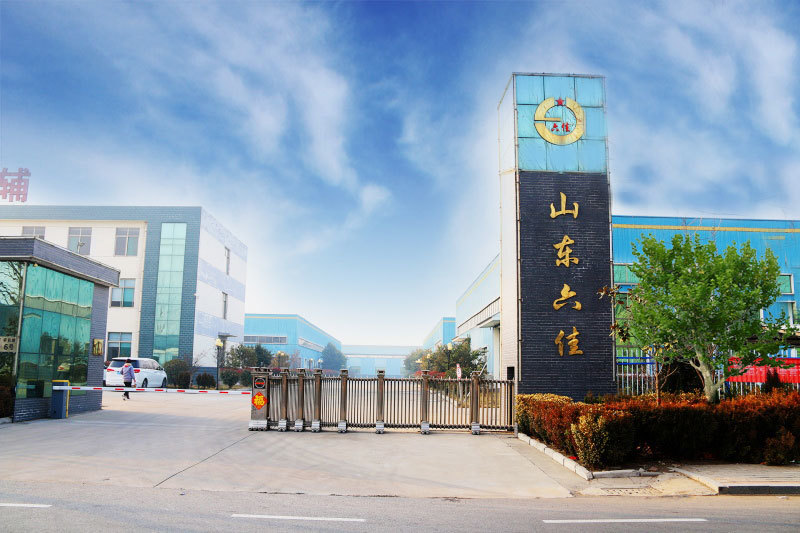
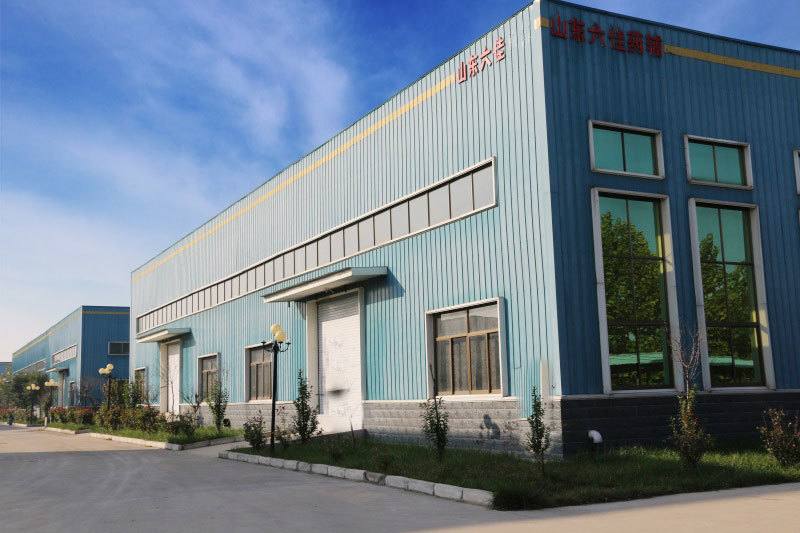
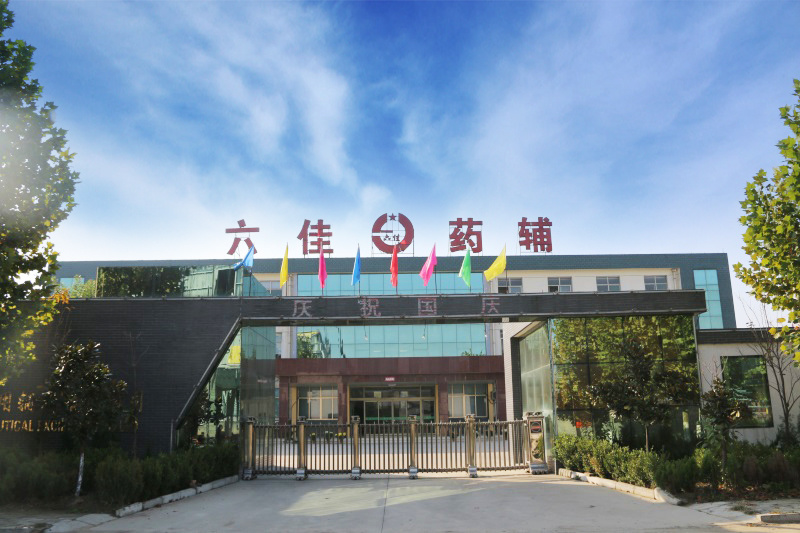
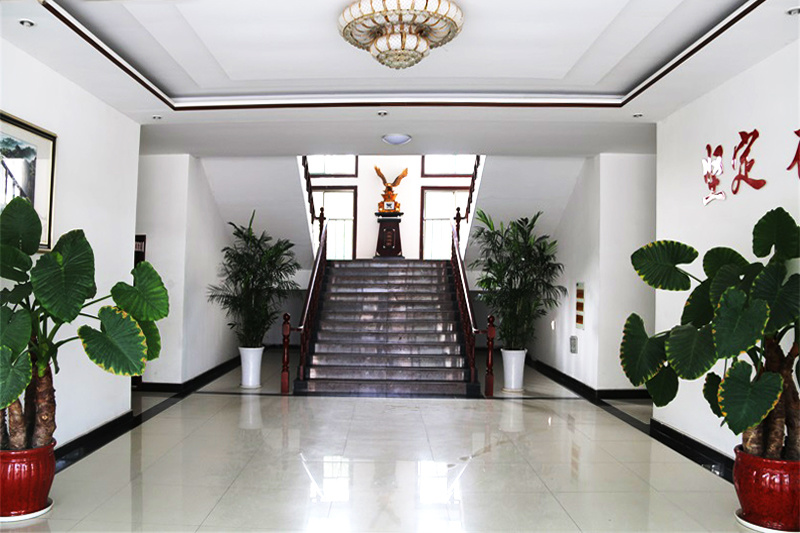

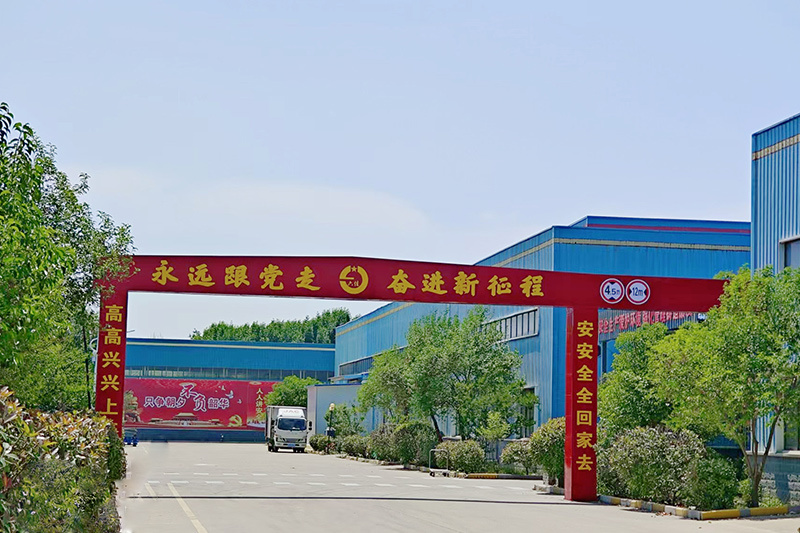
Packaging Delivery
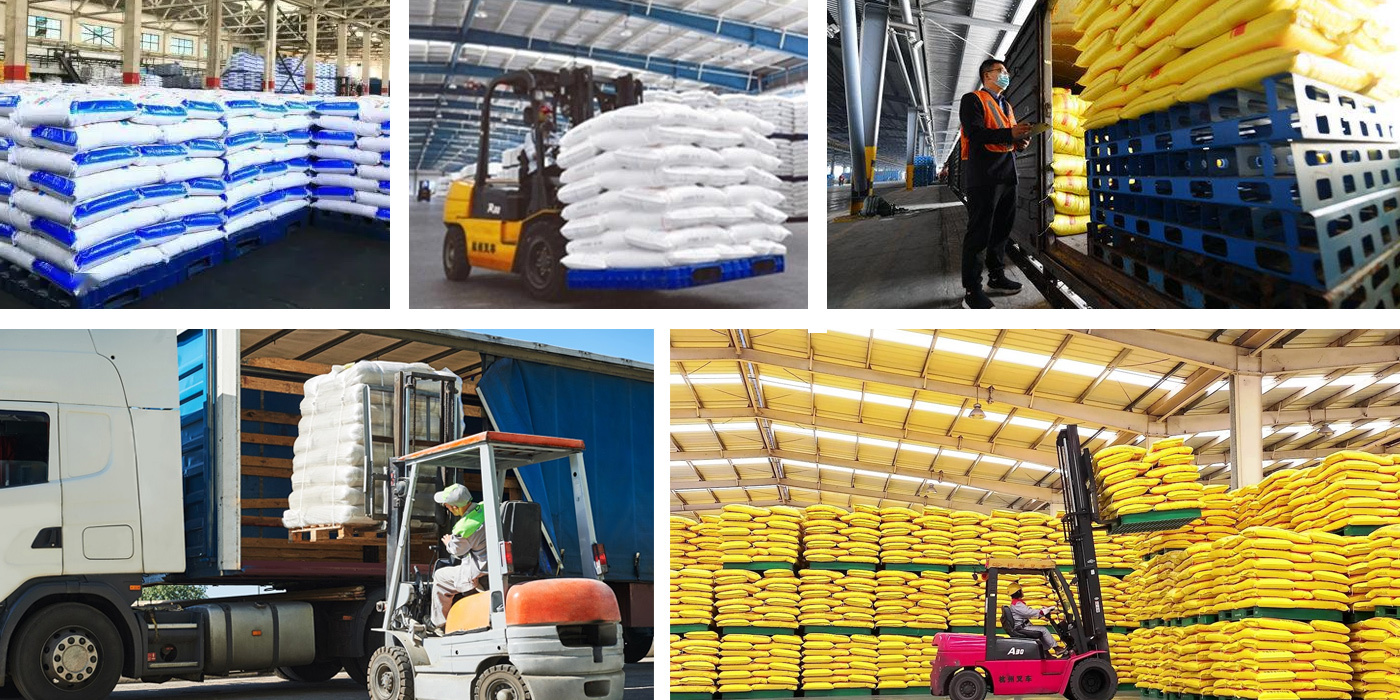
Our Advantage
Product quality
Product quality in the same industry outstanding, won the majority of users.
production capacity
Each type of product has a very rich product inventory, can provide product supply at any time.
Strict product testing
It has complete inspection facilities to ensure the production of high quality products.
After-sales service
We have a perfect service system, can provide you with strong support.
Related Products
©2025 Shandong Liujia Pharmaceutical Excipients Co., Ltd
| SEO| Website construction:CEGLOBAL Business License Privacy Policy





